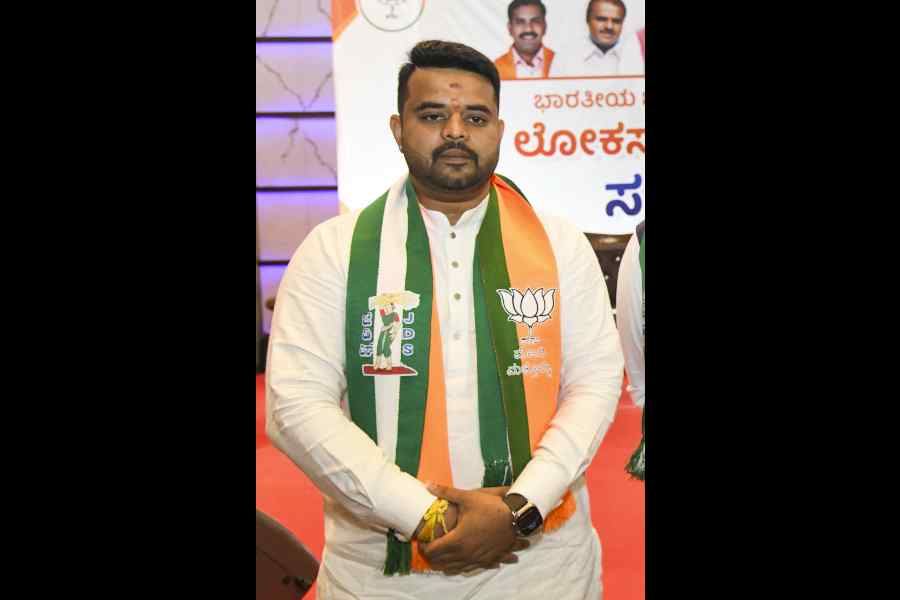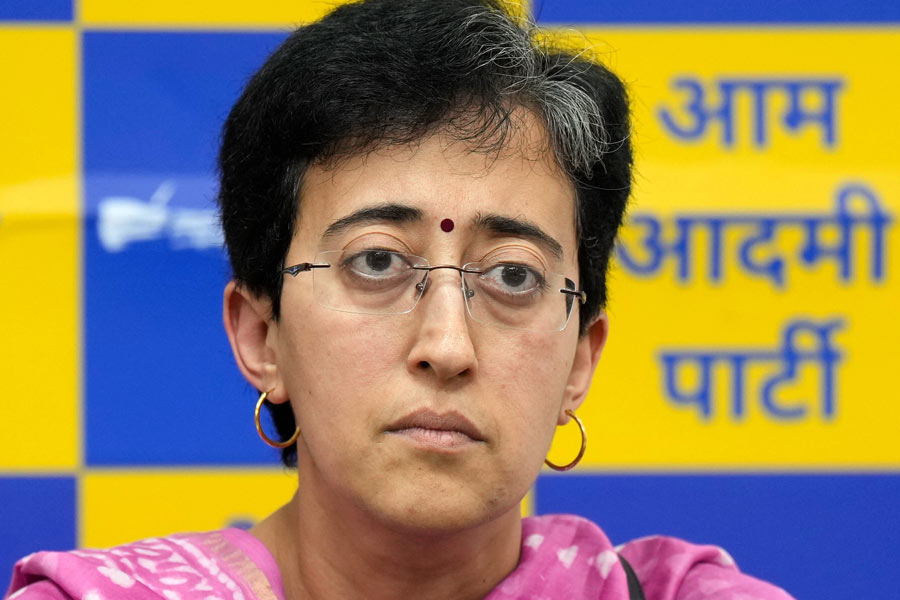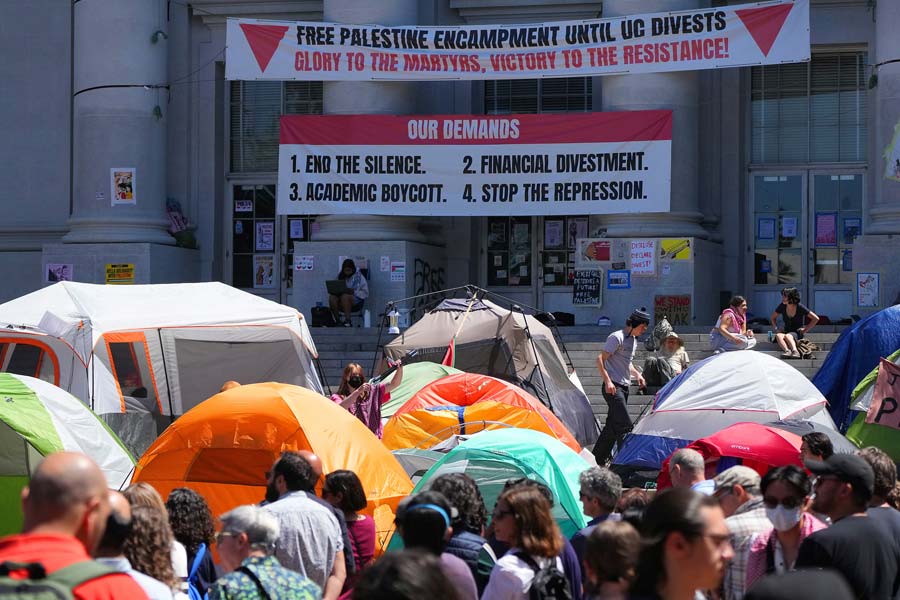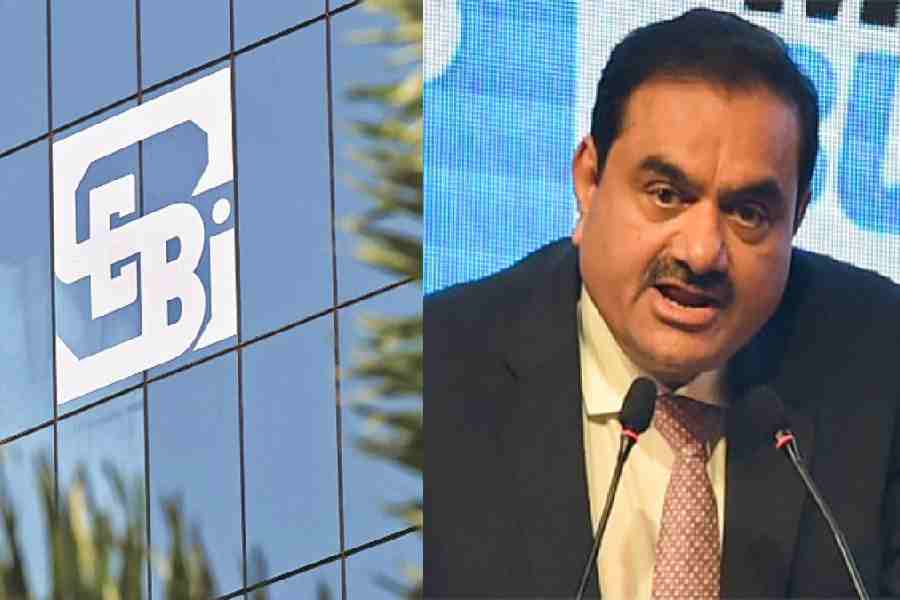The Ram temple in Ayodhya is an important entity that cannot be ignored or underestimated by any serious observer of Indian public life. The inauguration ceremony, which is scheduled to be held on January 22, 2024 has already become a political issue. The Bharatiya Janata Party and, for that matter, the Hindutva groups are keen to celebrate this occasion as a historic event. The party has been actively campaigning for the temple since the late 1980s. It is obvious that the BJP leaders would like to commemorate the inauguration ceremony as a kind of political achievement.
On the other hand, the opponents of Hindutva politics, especially the non-BJP parties, are a bit confused. They have not yet taken a clear position on this issue. Their anxiety, it seems, is strategic. They want to appropriate Hindutva while opposing the BJP. Apparently, no one wants to be known as anti-Hindu just before the Lok Sabha polls.
These parties used to describe themselves as secular to counter the BJP’s communalism, particularly after the demolition of the Babri masjid on December 6, 1992. This secular-communal binary gave them an advantage: it enabled them to remain silent on the temple issue for almost three decades. The success of the BJP post-2014, however, destabilised this political equilibrium. Hindutva-driven nationalism emerged as an electorally-viable narrative, forcing the Opposition to redefine its stand on critical issues such as the Ram temple.
The political class, as it appears, is going to rely entirely on a standard narrative of the Ram temple, which does not have any space to accommodate India’s Muslims. This standard narrative has become more profound after the Supreme Court judgment on the Ayodhya title suit in 2019. The Hindutva groups referred to the court judgment as a kind of legal validity for their version of the Babri masjid case. The non-BJP parties, especially the Congress, also changed their position. They accepted the verdict and gave their support for the construction of the Ram temple. As a result, an impression was created that the apex court had eventually recognised the theory that the Babri masjid had been built after the desecration of the birthplace of Lord Ram.
The standard narrative of the Ram temple is based on three arguments. First, the Ram temple is portrayed as an outcome of a long historical struggle. This claim is not entirely new. The Hindutva version of the Ayodhya conflict revolves around the destruction of a Hindu temple by Babar’s commander, Mir Baqi, to build the Babri masjid. Although Babar or Mir Baqi no longer exists in the standard narrative now, the devotees are encouraged to recognise the new Ram temple as a symbol of real national awakening.
The second argument is a bit religious. Lord Ram’s birthplace — the city of Ayodhya — is portrayed as one of the most revered and sanctified religious sites in the country. This purely religious representation of Ayodhya is evoked to characterise the Ram temple as a spiritual accomplishment. The non-BJP parties find this argument much more attractive. The Punjab government’s Mukhyamantri Tirth Yatra Yojana for taking people to various religious destinations is a good example in this regard.
Finally, there is a critical view as well. It has been argued that the Supreme Court verdict goes against the secular ethos. It is also suggested that this judgment will encourage Hindutva politics and ultimately transform Muslims into second-class citizens. Although there is an element of truth in this liberal reading, the Ram temple eventually emerges as an antagonistic entity.
Let us look at the placing of Muslims in this standard narrative of the Ram temple. The cultural awakening argument is incomplete without problematising historical facts. From this perspective, it is inevitable to envisage the liberation of the Ram temple in relation to the Babri masjid. By this logic, it will always be a Muslim-Hindu conflict. The religious/spiritual argument focuses on the ceremonial aspects. This argument is useful for the political parties to mobilise those Hindus who do not want to get involved in any Hindu versus Muslim discourse but are keen to celebrate the Ram temple for spiritual reasons. The absence of Muslims in the customary ritual observation, however, transforms the Ram temple into a purely Hindu entity. The liberal take also contributes to the standard narrative. It remains critical of the BJP and does not pay attention to the role played by the non-BJP parties in the success of the Hindutva narrative. The Muslims are depicted as victims of Hindutva and the Ram temple a symbol of civilisational betrayal.
There is a need to go beyond this standard narrative. In my view, two crucial points are important to create an alternative perspective: a different reading of the Supreme Court verdict and an emphasis on the religious-spiritual plurality of Ayodhya.
The Supreme Court verdict, it is worth noting, was based on legal technicalities. Even the majority view did recognise secularism as a guiding force to draw a legal conclusion. That was precisely the reason why the demolition of the Babri masjid was described as a criminal act; at the same time, a provision was made to give a five-acre land to the Muslim party to rebuild the mosque. In other words, the court verdict did not rely on the argument that the Ram temple was a matter of Hindu sentiments and belief. Nor did it accept the famous Historians’ Report to the Nation that ruled out the possibility of any demolition of a temple by Babar. Instead, the court gave a pragmatic verdict that has the scope to address Muslim sentiments.
Secondly, the historical presence of Muslims in Ayodhya’s spiritual landscape is an important point of reference. The city is known for its various historical mosques and shrines besides the Babri masjid. It is true that the BJP government has worked very hard to transform Ayodhya into a purely Hindu city. Yet, there is a possibility to revive the shared syncretic culture of Faizabad-Ayodhya. It will not only strengthen the self-esteem of the fearful Muslim residents of Ayodhya but also encourage the devout Hindus to appreciate the Muslim religious presence in the city. This Gandhian suggestion may sound idealistic and odd; but it is the only possible way to move forward.
Hilal Ahmed is Associate Professor, CSDS, New Delhi










